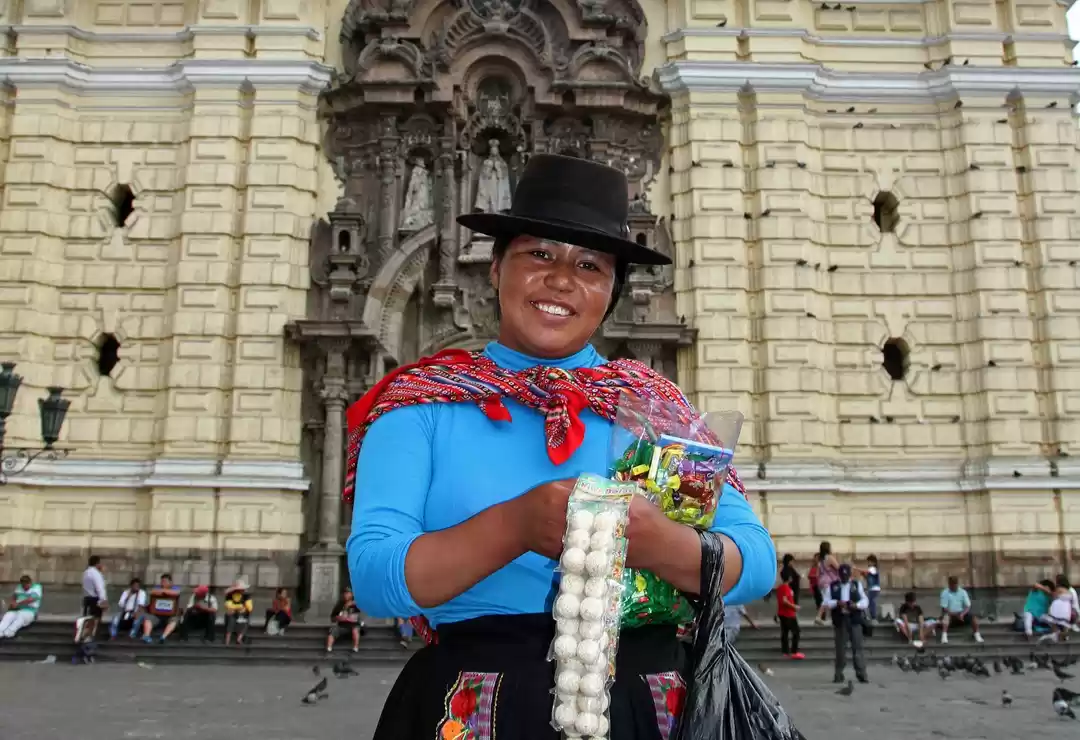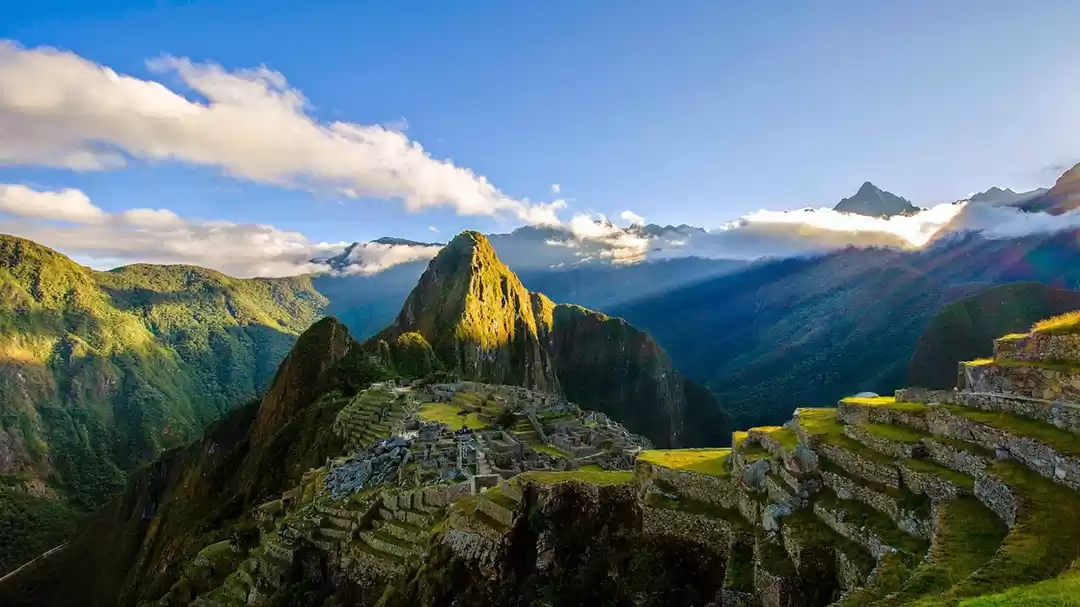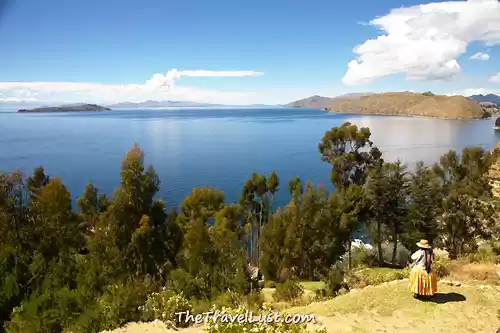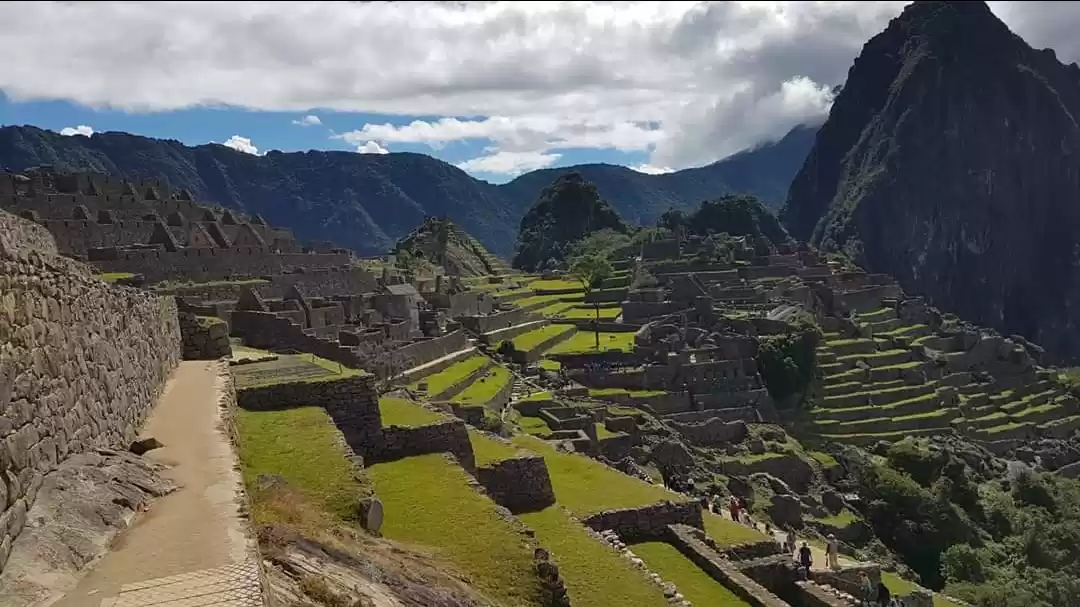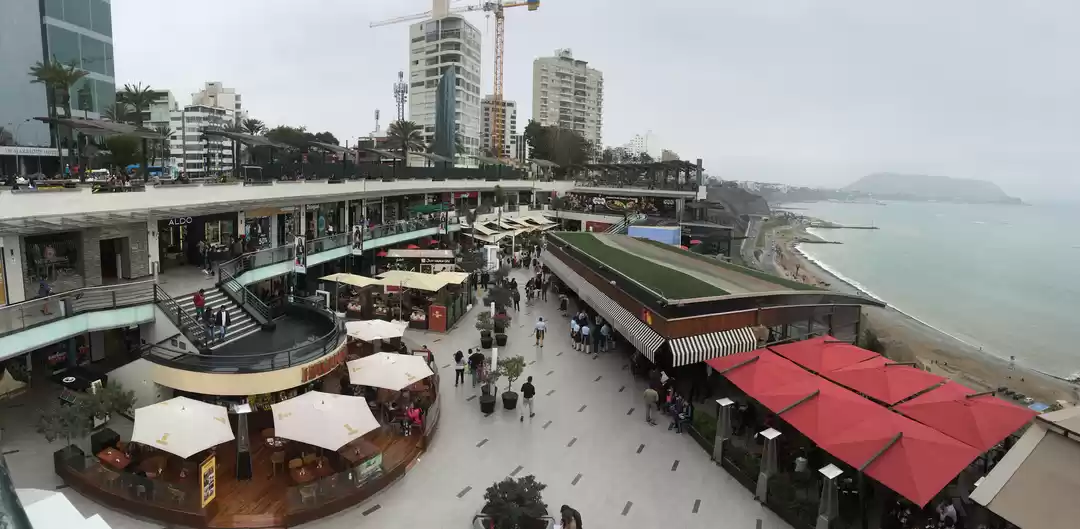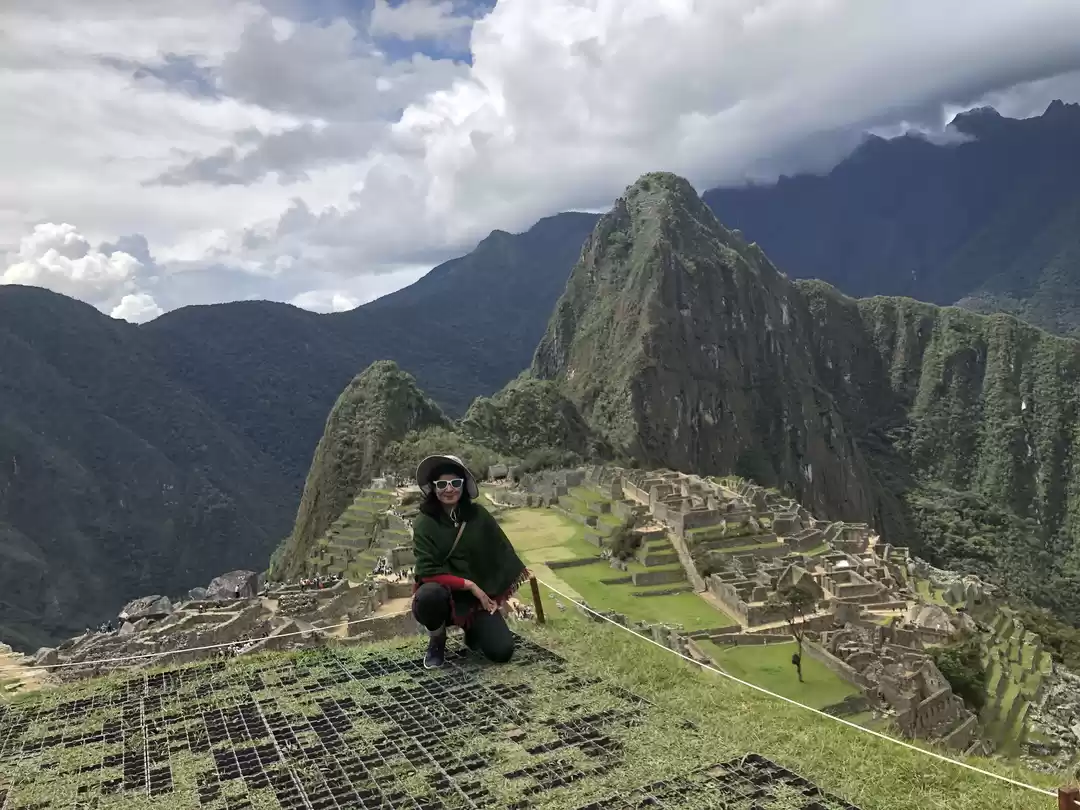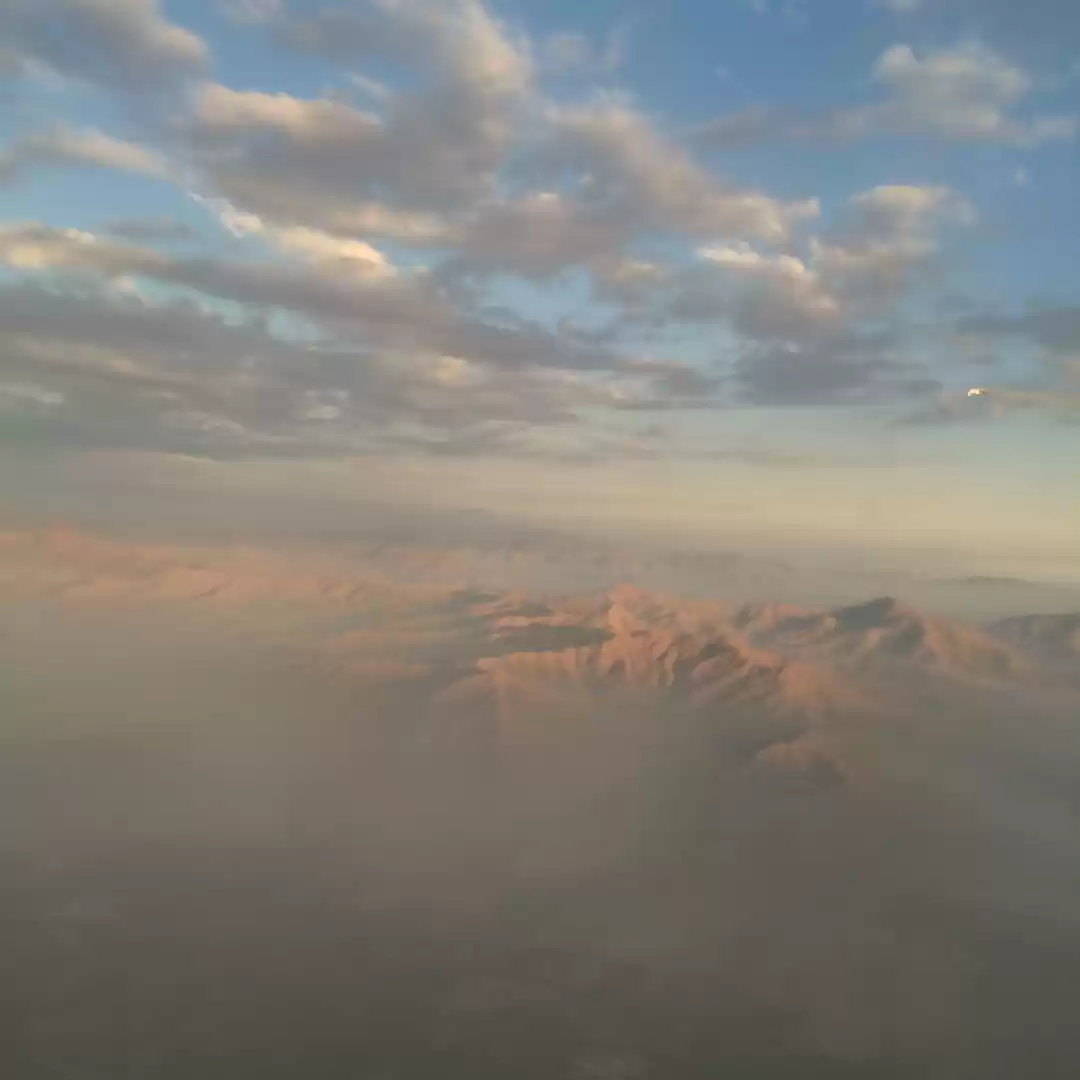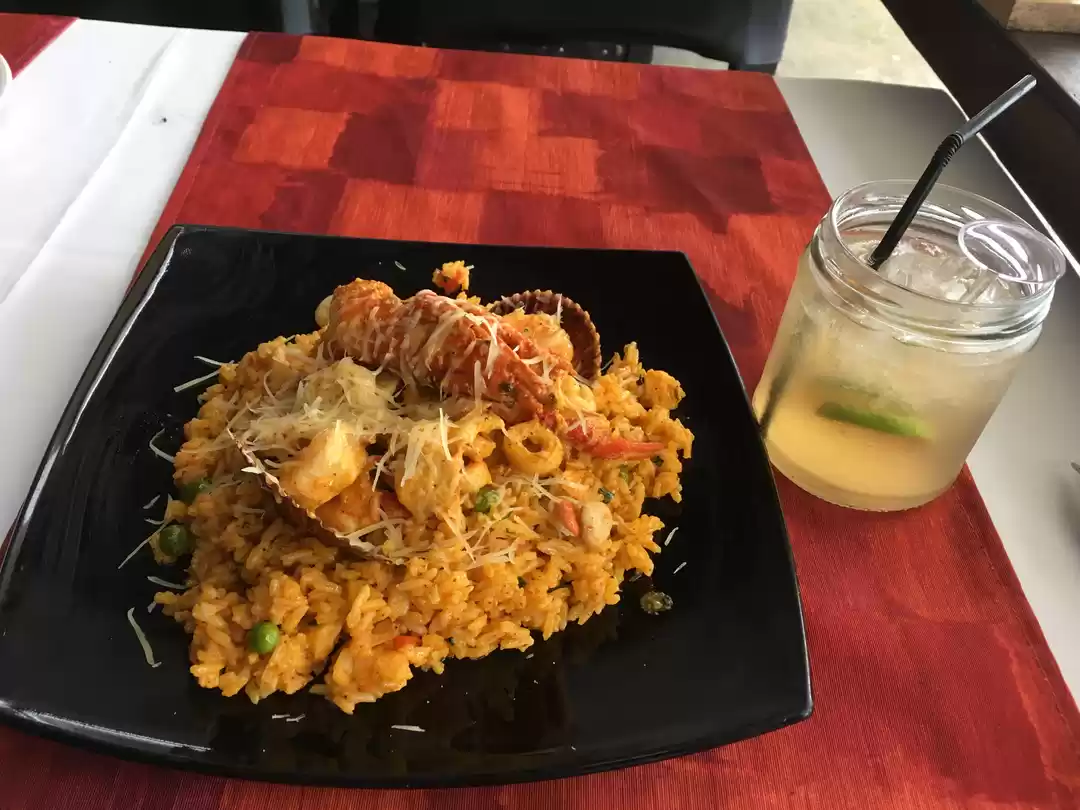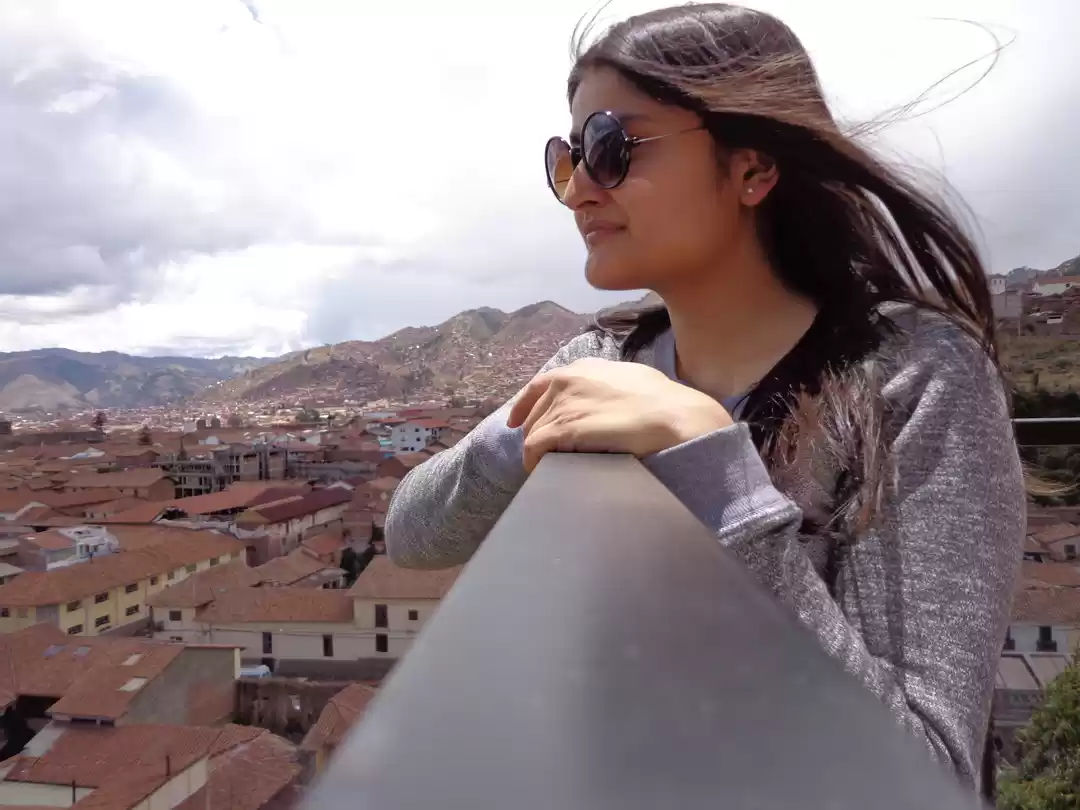
As a traveller hopelessly in love with India, I confess that as I started planning the trip to Peru I was secretly hoping and looking for any glimpse of experience that remotely resembled my Indian trips. Was I to find the exhilirating chaos of the streets, the smells, the colours, the mindfulness of the people, the ”speed”, the luxury, the tastes, the smiles, the chai-s, the nature, the heat, the shops, the bargaining, the ever present sensation that anything is possible at any time..? I know I wanted to.
The landing in Lima, after close to 17 hours of travel and the news that our checked-in luggage would be delayed for another day (that would later turn out to be 4 days) took off less than smoothly. Luckily the driver arranged by the hotel picked us up on time and in a good mood and gave us some tips and tricks..for instance, in the neighbourhood of San Miguel all car doors need to be locked, as most of the attacks and robberies take place while waiting for the green light..(????)
Our lovely hotel washed away some of the first impressions and the cocktails served at the posh restaurant of the hotel next door made us feel like we were finally on holiday. We went to sleep hoping the timezone difference would make no impact on our routines..
Day 1: Lima
So next morning, at 5 a.m. the local time, we woke up, waited for the hotel staff to serve breakfast and then set off to explore Lima. Overlooking the Pacific Ocean, it is the most crowded city of Peru with 9 million inhabitants, a population delighted- as a taxi driver confirmed- by the desert climate with subtropical temperatures (the temperatures rarely fall below 12C nor rise above 29C). It has 3 main areas worth eploring: the historic center - Plaza de Armas ( surrounded by the Government Palace and the Lima Cathedral), the neighbourhood of Miraflores (full of hotels, restaurants and shops) and Barranco (the bohemian district comprised of restored colonial mansions transformed into boutique hotels, bars and restaurants). We chose Barranco as a base for exploring the city, as the travel websites and books all presented it in a flavourfull light. Good call :).
Stay: Casa Republica Barranco, prices starting from 150 EUR/night. Ask for a room in the new building, as the ones in the mansion maybe noisy (especially the ones on the ground floor) and more expensive.
Eat: Isolina- for a taste of Peruvian taverna, Central- for an experience of 16 microclimates, Maido-for the Nikkei experience, a fusion between Japanese and Peruvian. Make sure to book 2-3 months ahead if you want to try Central and Maido. Central only serves Chef Tasting menus: the 16 course one we chose was priced at 155 EUR, but it is worth the price- more on that later on.
Drink: If you like cocktails and want to try the Pisco sour in an eclectic ambiance, try Ayahuasca.
Shop: If you like concept stores with items ranging from home-ware to jewellery to souvenirs with a strong local flavour, try Dedalo. If you want the classical mall featuring Banana Republic, Starbucks, Tommy Hillfiger and lots of restaurants, try the shopping mall with a view: Larcomar.



Day 2: en route to Paracas
‘Paracas’ means strong wind in Aymara, an ancient local language, and is a small town on the Pacific shore. Our reason for going? The ocean, the Natural Reserve and the Ballestas Islands, the ones that provide Peruvians with the guano (local name for bird poop) that is wildly appreciated for its effect on crops and is exported on a large scale.




Day 3: Paracas
At 7 a.m. we set off to explore the Paracas Natural Reserve & Ballestas Islands. We paid 52 USD to drive a buggy that fits 2 people, booking it online the night before. The reserve can also be visited in group tours, but driving a buggy and having a guide to tell us a bit about the Reservation seemed more fun and gave us more freedom for our 2 hours inside.
After returning to the hippie town of Paracas, we booked a boat tour to the Ballestas Islands, which cost 21 USD/ person. The tour lasted another 2,5 hours.
Stay: the hotels in Paracas are either luxurious (think of Luxury Hotels of the World and Double Tree by Hilton range) either hostels that costs aprox 20 USD/ night. If you fancy something in the middle, try renting an apartment or an entire house on airbnb. There are lovely villas and condos that cost less than a deluxe hotel.
Eat: the restaurants in the little town of Paracas are simple, but serve good food (the traditional chicharones- fried fish or seafood) and the traditional Pisco Sour.
Shop: apart from some fridge magnets and chinese t-shirts, bandanas and caps, there is not much shopping to do in Paracas. Save your money for Arequipa or Cusco.













Day 4: heading for Nazca
As we set off for Nazca, for the famous geogliphs, we decided to make a stop in Huacachina, the only natural oasis on the continent. Lovely village, full of hostels, restaurants, bars and travel agencies selling sand activities: Jeep rides on the dunes or sandgliding. If you want to try out any of these activities, make sure you reach Huacachina early in the morning (7 am) or in the afternoon, after 17, as the sand is burning anytime in between.





Day 5: flight over the Nazca lines
Nazca is a small town close to the geogliphs with a small town vibe and 1-2 souvenir shops.
Stay: You will probably be there for one night, so you may as well settle for something like Casa Andina Standard Nasca, which is the absolute basic.
Do: fly over the Nazca Lines.
You need to book your flight a day before with the hotel or one of the many agencies, and they will need to weigh you in order to make the seating plan for the airplane.
As you will arrive at the airport early in the morning (7am-ish) they will just tell you that you will be seing the geogliphs on both sides, on the left and on the right. As you read this, imagine that after you see them on the left, the pilot will swiftly turn the plane around, with the wings almost perpendicular to the ground, at which time you may feel your entire stomach trying to maintain its former position, even if that means bursting out . So do not, I repeat, do not have breakfast before the flight over the geogliphs. It is only a 35 minute flight, pricey at that, as it cost 125 USD/ person, and you will get back to the hotel soon enough and indulge.
The view and the geogliphs are worth the experience and will make for an enticing conversation topic, since apparently no one yet knows why these geogliphs were created or what purpose they served.
Eat: there are quite a few restaurants, but the one most reccommended was El Porton. Good food, big servings, small prices.






Day 6: Arequipa
After an excruciating 9 hour drive from Nazca to Arequipa (570kms), we arrived late in the evening, checked in and ate at the hotel.
Stay: we chose Palla Boutique Hotel, as their rooftoop terrace was very popular for the view to the volcanoes surrounding Arequipa. It was a good choice, as the hotel is very clean, the staff is very attentive and the food is very good.
Do: Stroll around the Plaza de Armas (the main square), visit the Monasterio de Santa Catalina for a history lesson (taking a quide is worth every Sol) or moutain bike down one of the volcanoes surrounding the city. Trekkers will also find plenty to do around Arequipa.
Eat: if you did not eat at Astrid y Gaston while in Lima, you must try Chicha. Gaston Acurio, one of the most famous chefs in Peru, ranking in the World/s best 50 Restaurants, is also the creative mind and hand behind Chicha: traditional Peruvian food with a touch of luxury. Meat lovers should definitely try the cuy-the guinea pig- as well as the alpaca stake and the rocotto relleno (a bell pepper stuffed with beef on a plate of gratin and cheese potatoes). Vegetarians will also indulge in the many flavours of corn and potatoes- Peru has give or take 200 types of potatoes that they cook in various ways. A must try from Chicha: the cardamom ice cream! To die for!
Shop: right in the buildings around the Plaza de Armas there are plenty of galleries selling artisan products ranging from scarves to gloves, alpaca and baby alpaca sweaters, silver jewellery and so on. As you reach Arequipa you will find that the most promoted and coveted item is anything made from Baby Alpaca. A wool that is fine and warm, and very expensive as you will come to find. A sweater made from Baby Alpaca starts at 100 USD. There is a lot of writing on how to detect if the wool really is Baby Alpaca or not, some people claiming that as you hold the item in your hand, the wool should feel cool:) Claim or not, if you want to spend the money, spend it in a branded store (Sol Alpaca, Anntara, Kuna). They have quality checks and guarantee that the products are not overpriced fakes.
Day 7: Arequipa
We spent our second day in Arequipa visiting the old part of Monasterio de Santa Catalina. The monastery is still functional, only the nuns now live in a section that is not accesible to visitors.
After the visit -which can last for almost 2 hours- we set off for Colca Canyon, house of the Andean Condor. Look out for the second part of this trip to see how our meeting with the birds went down..or up:)




















